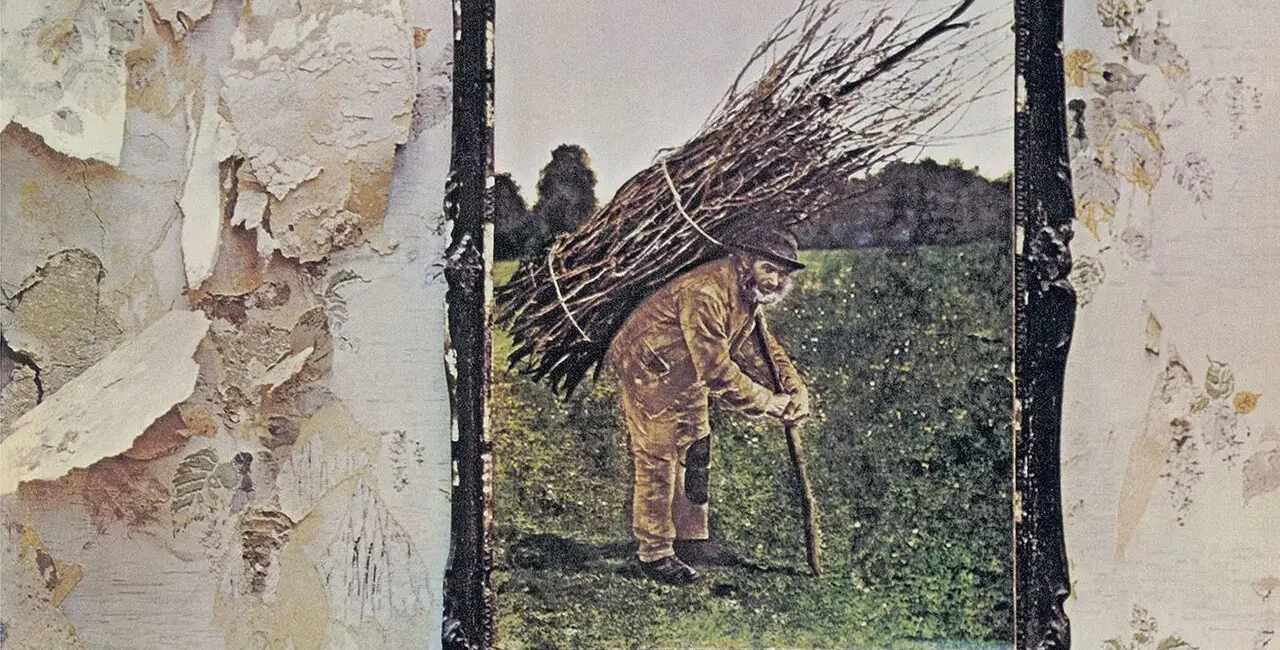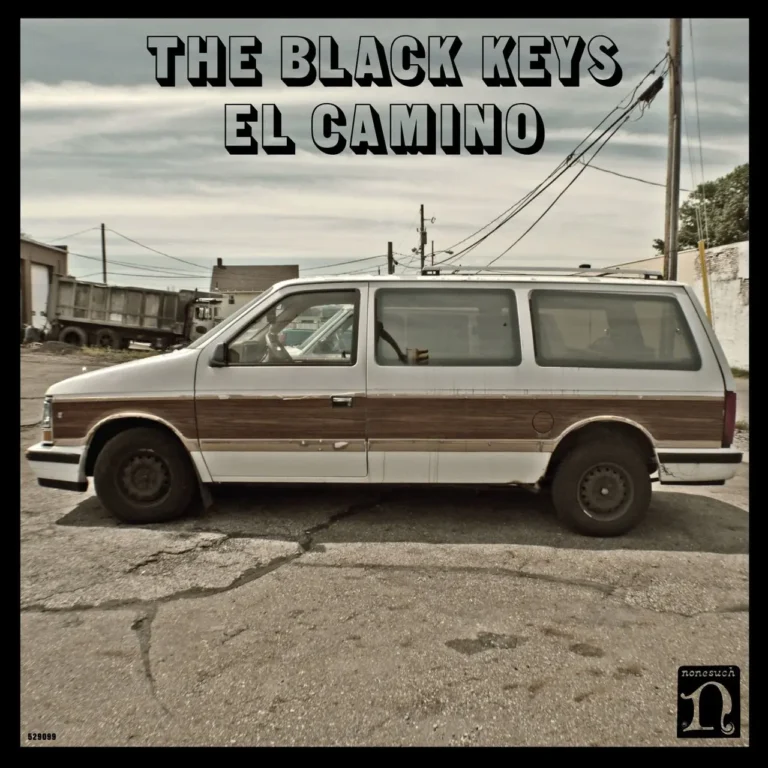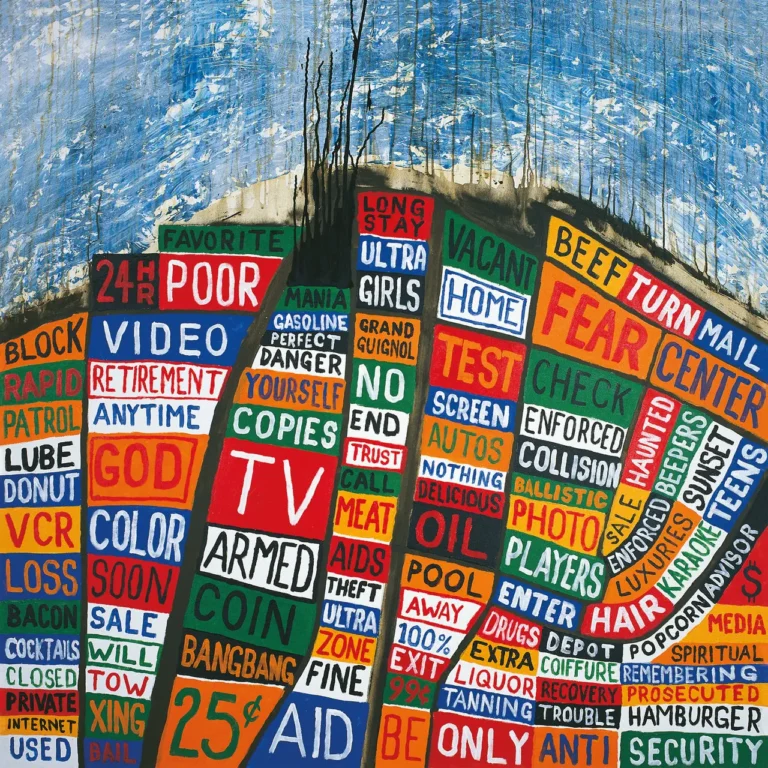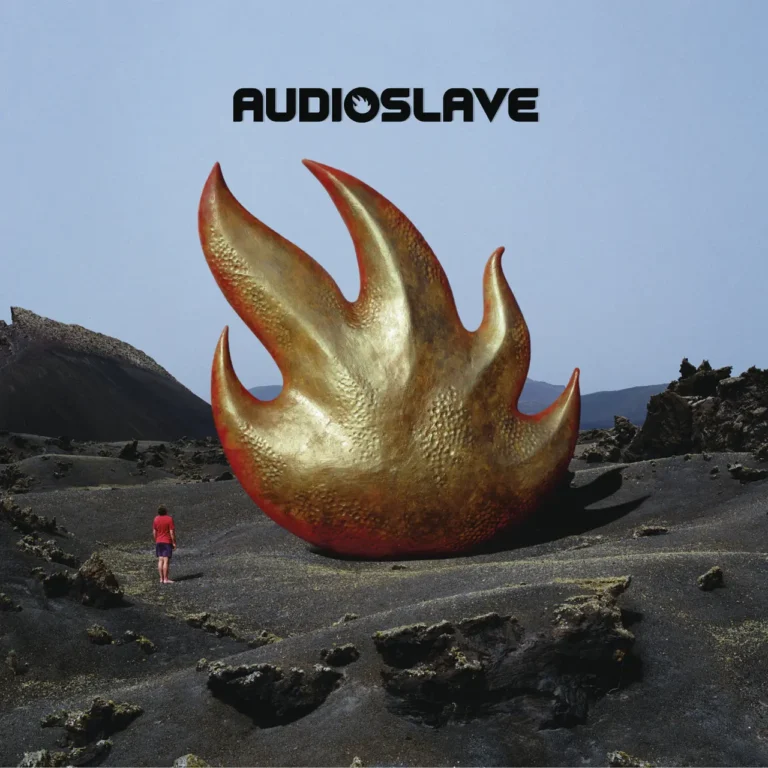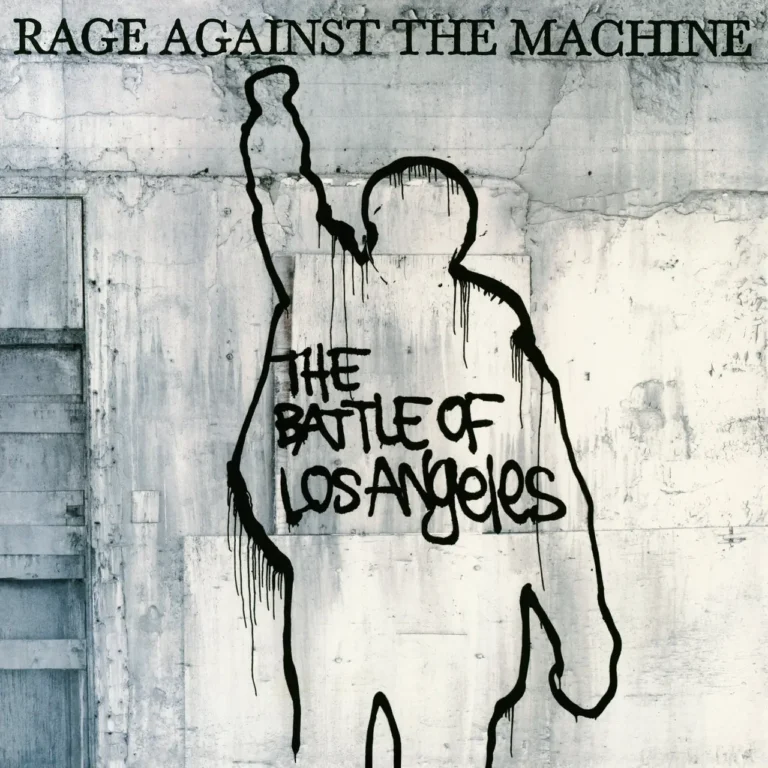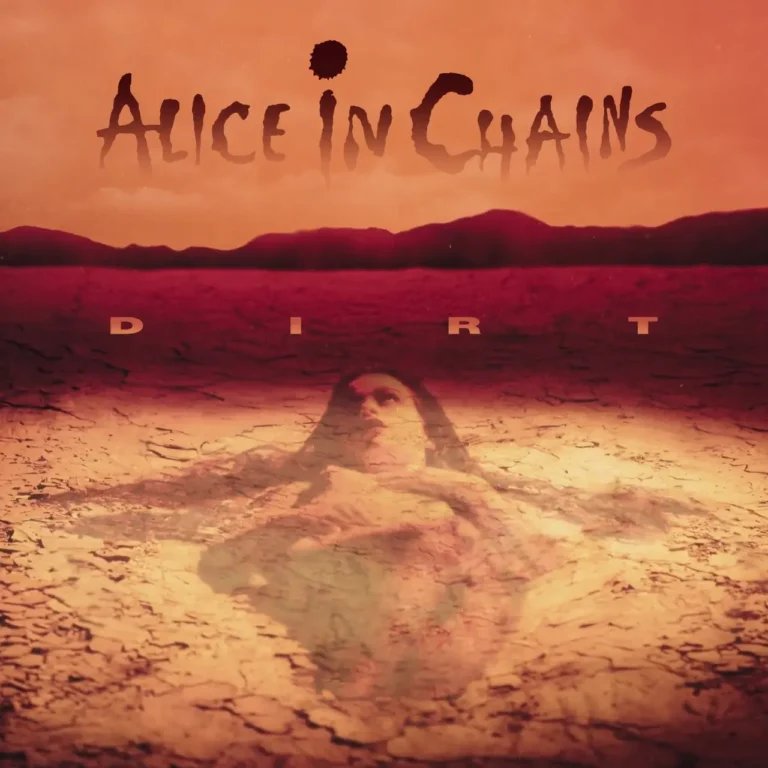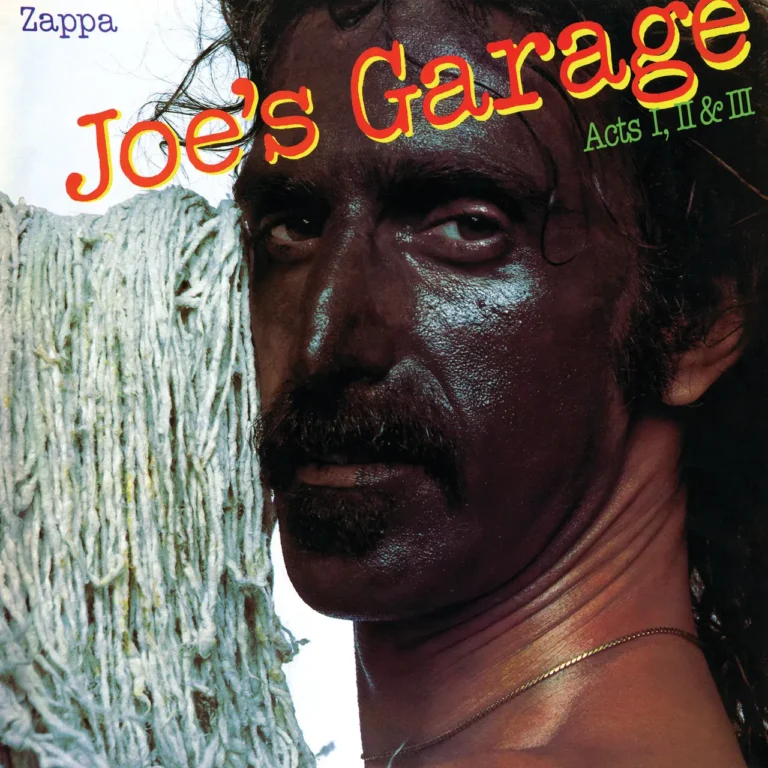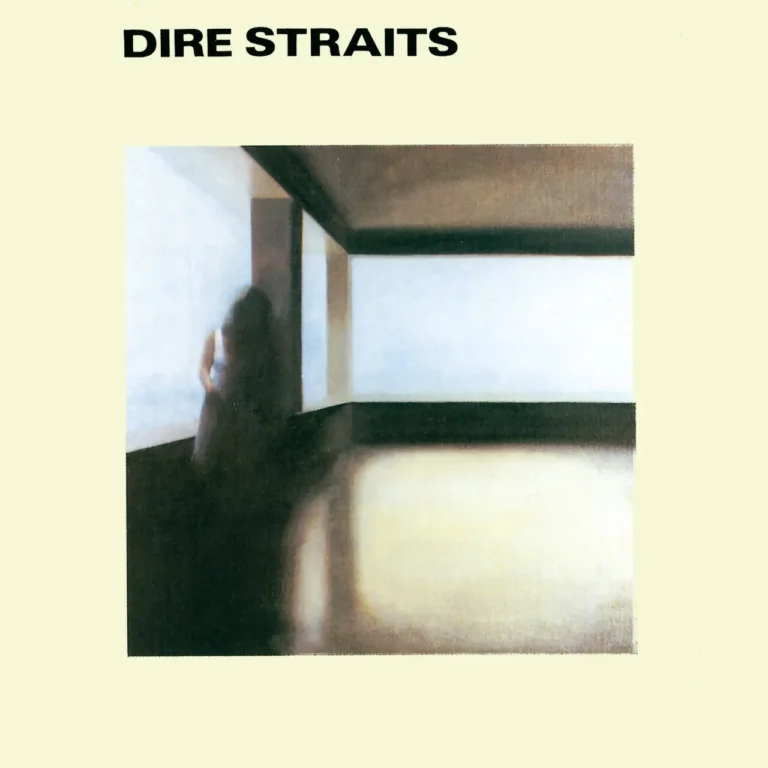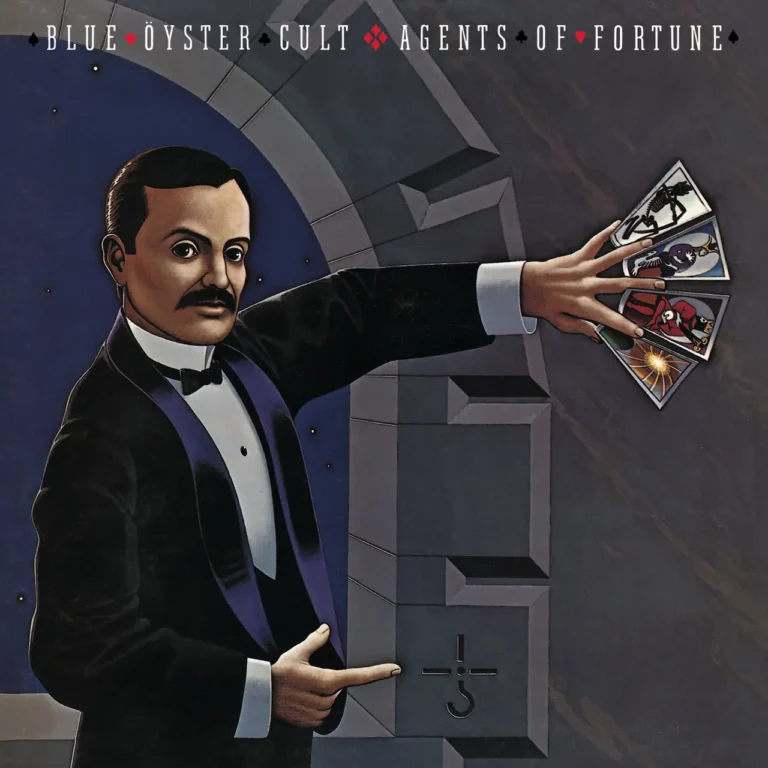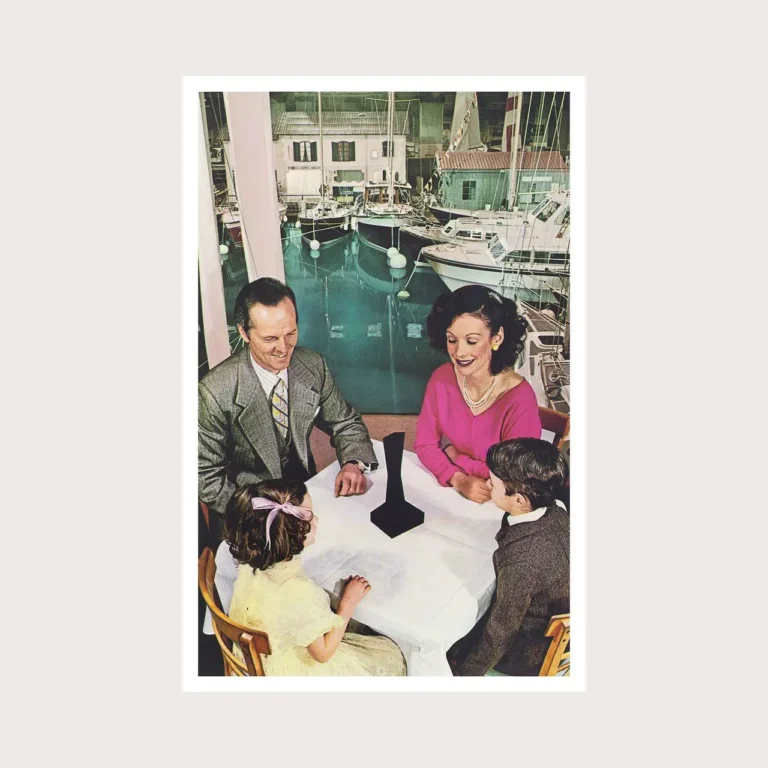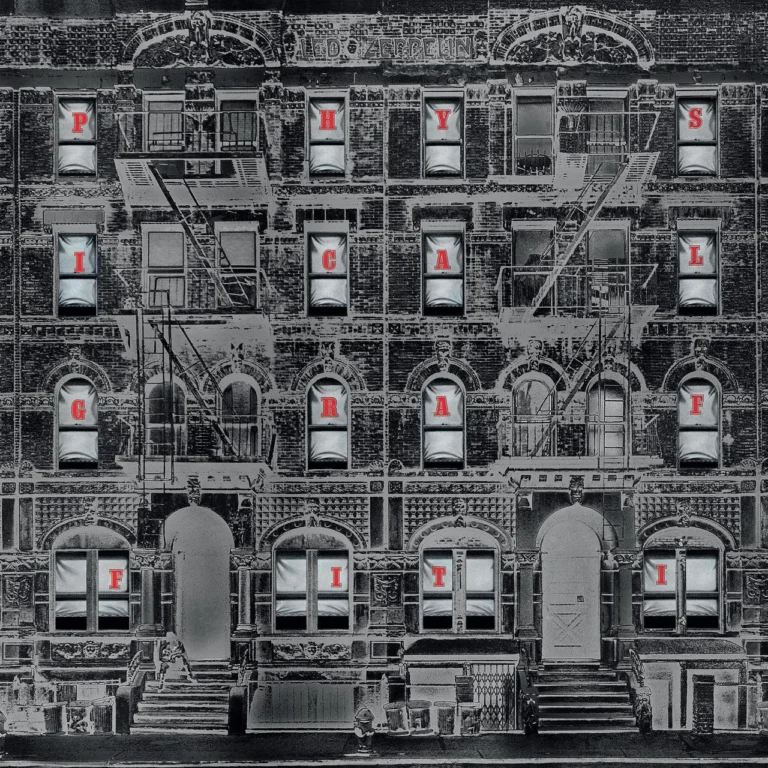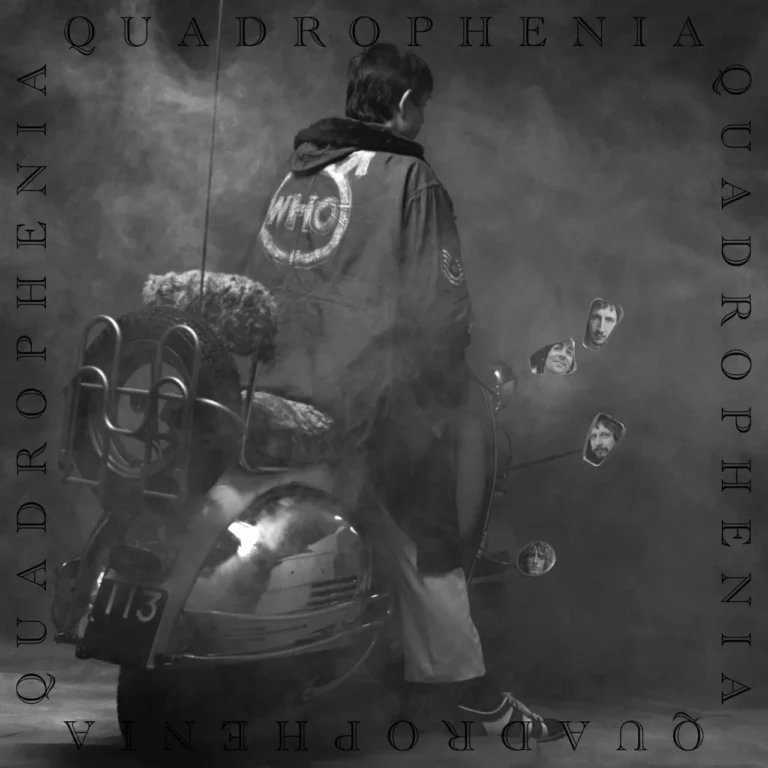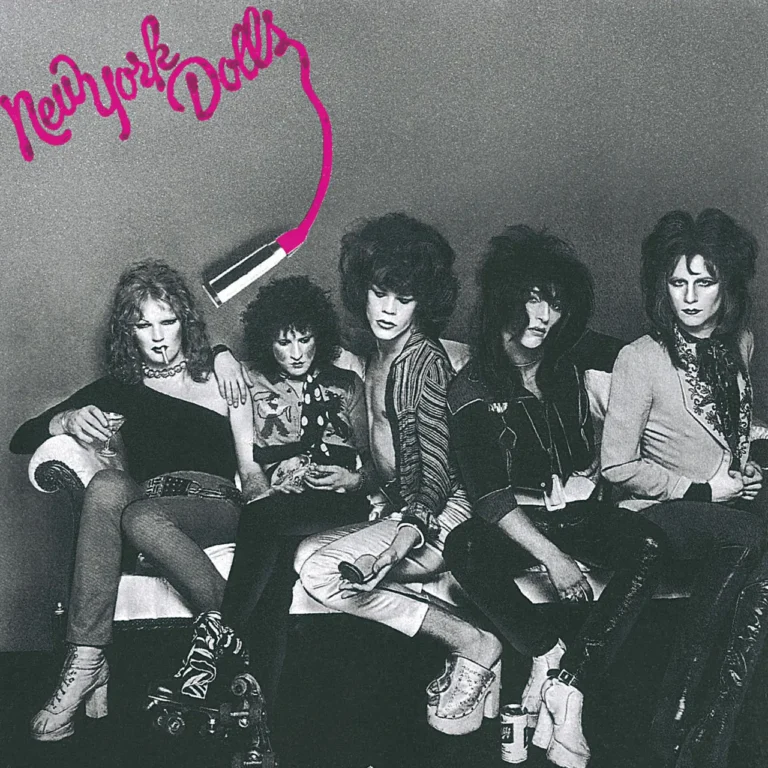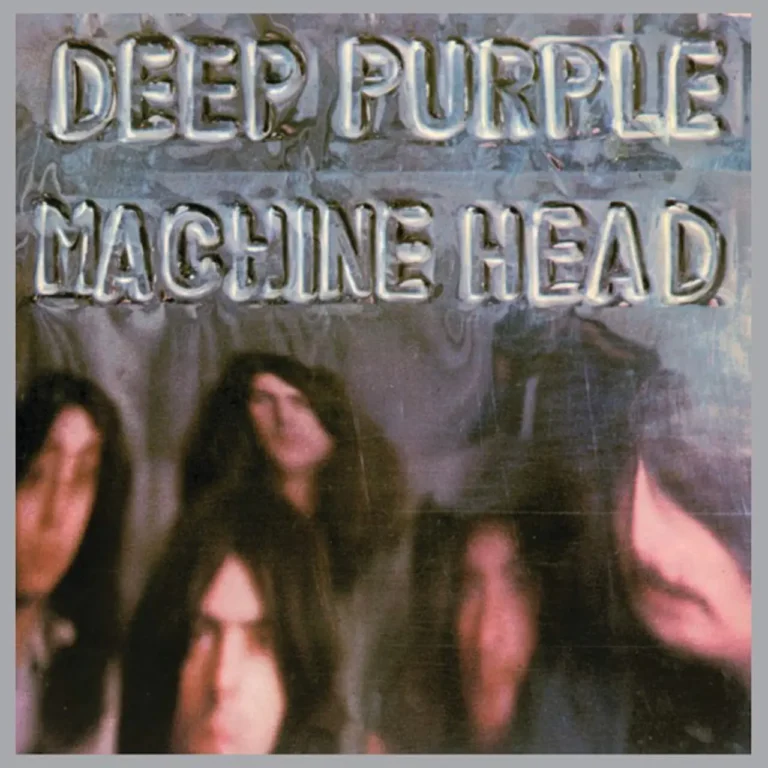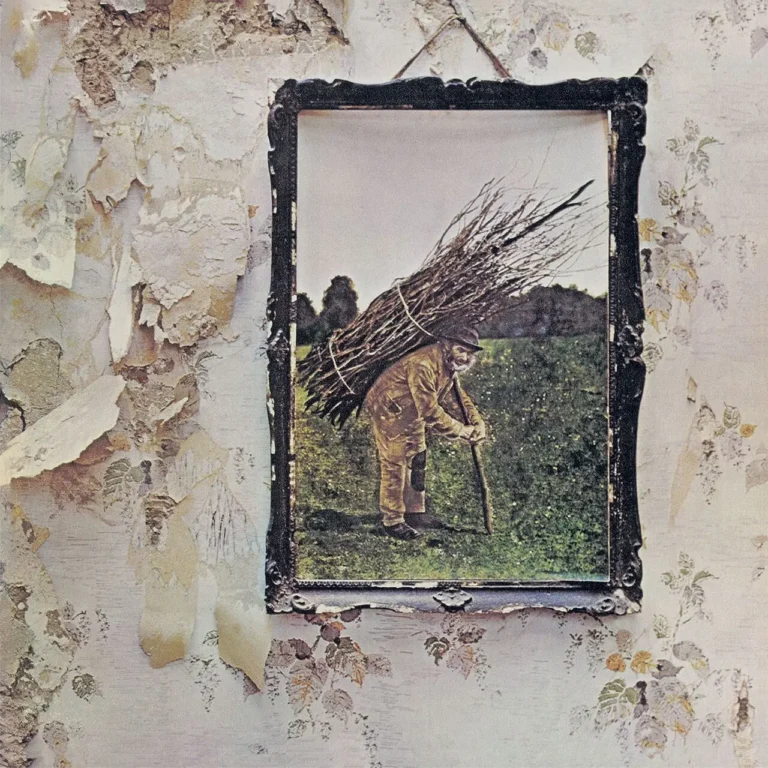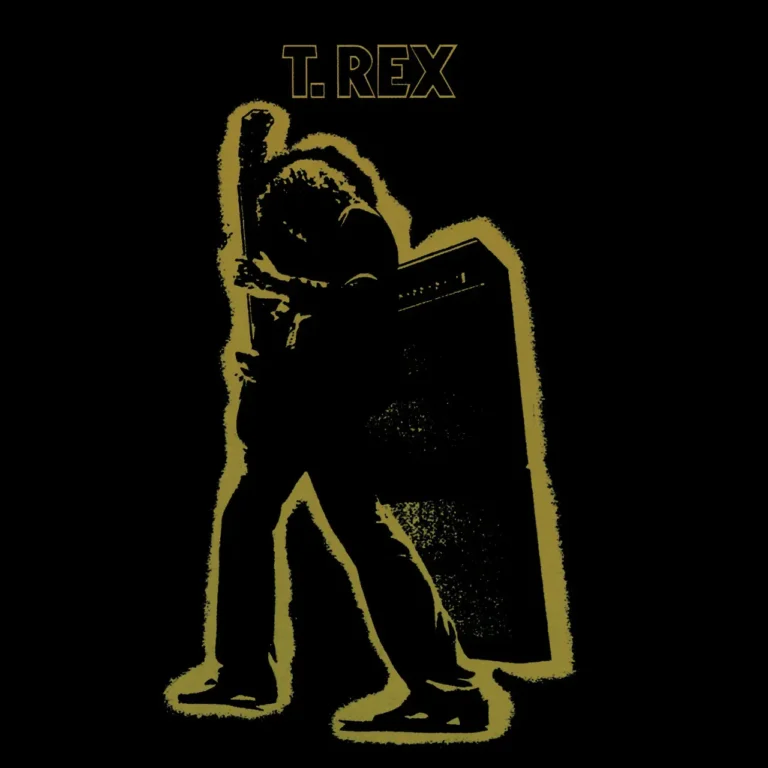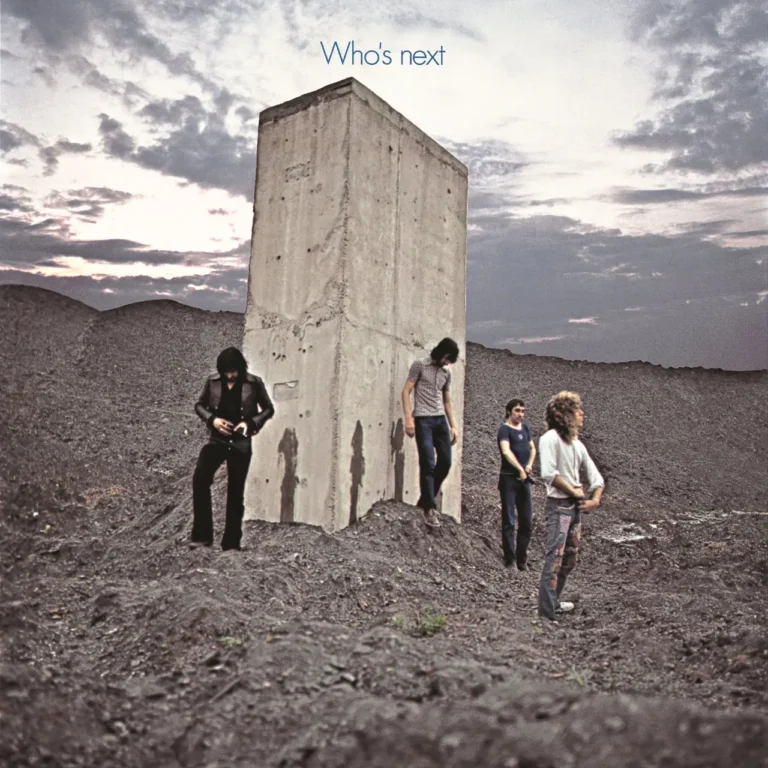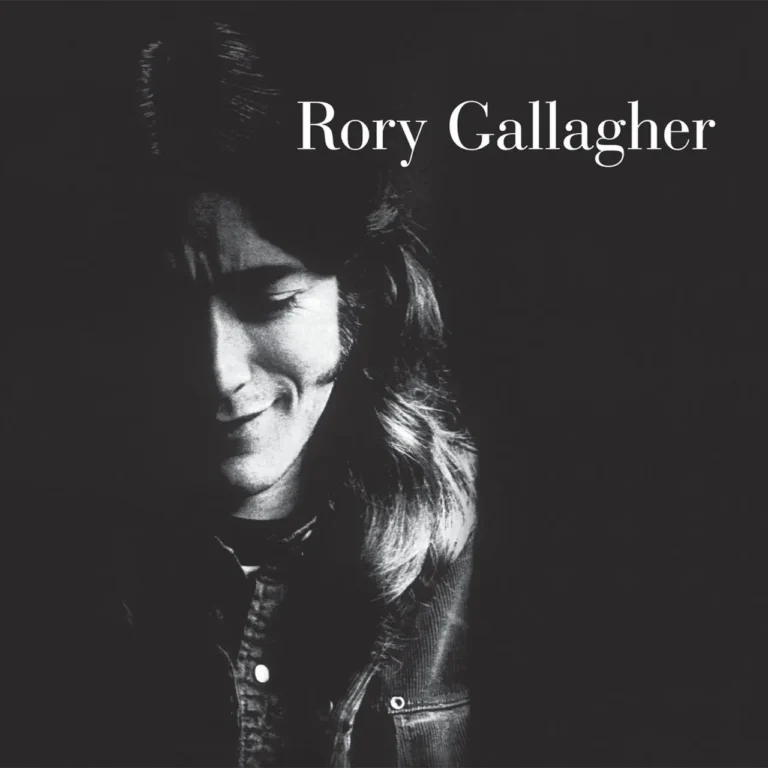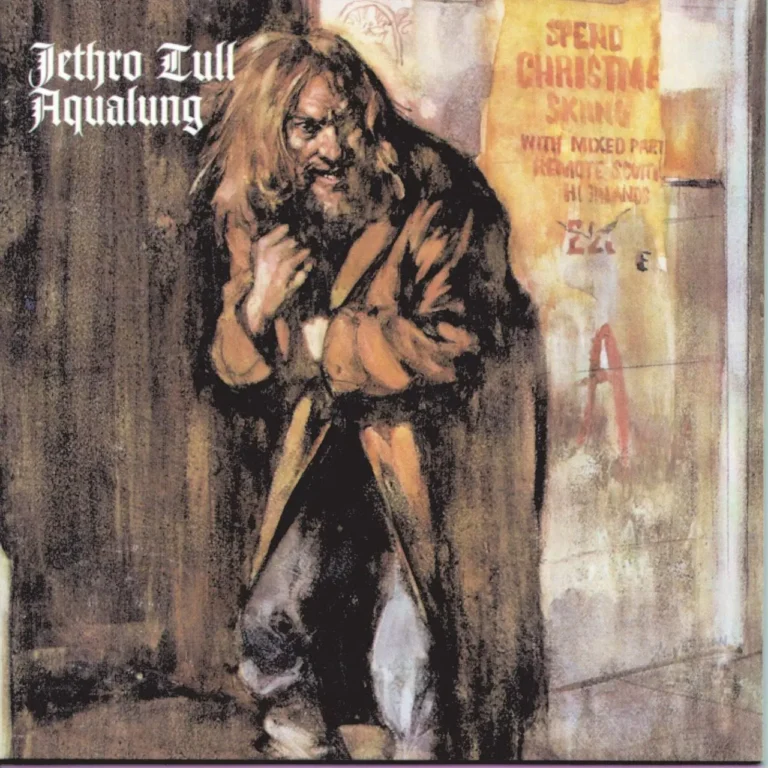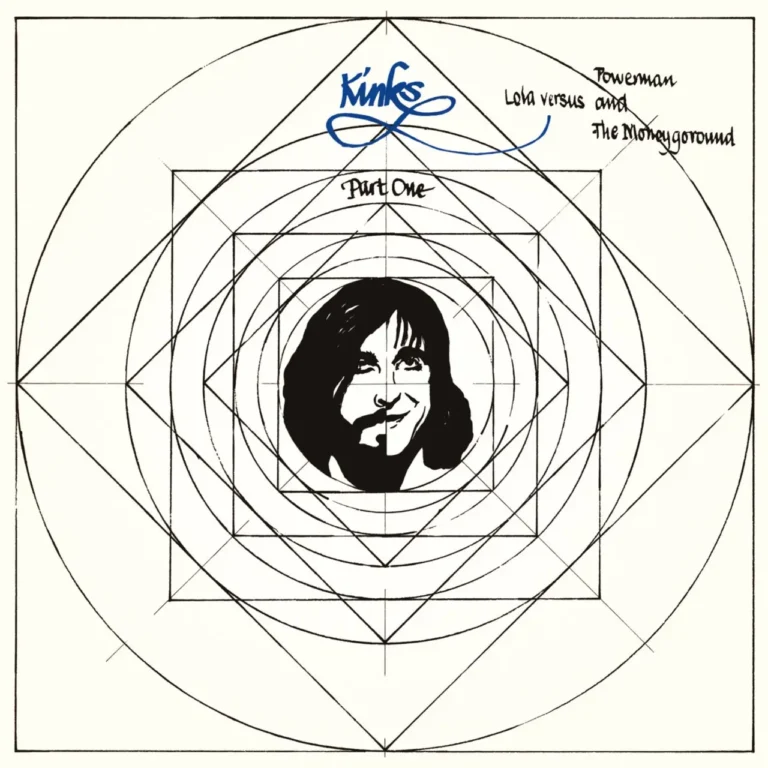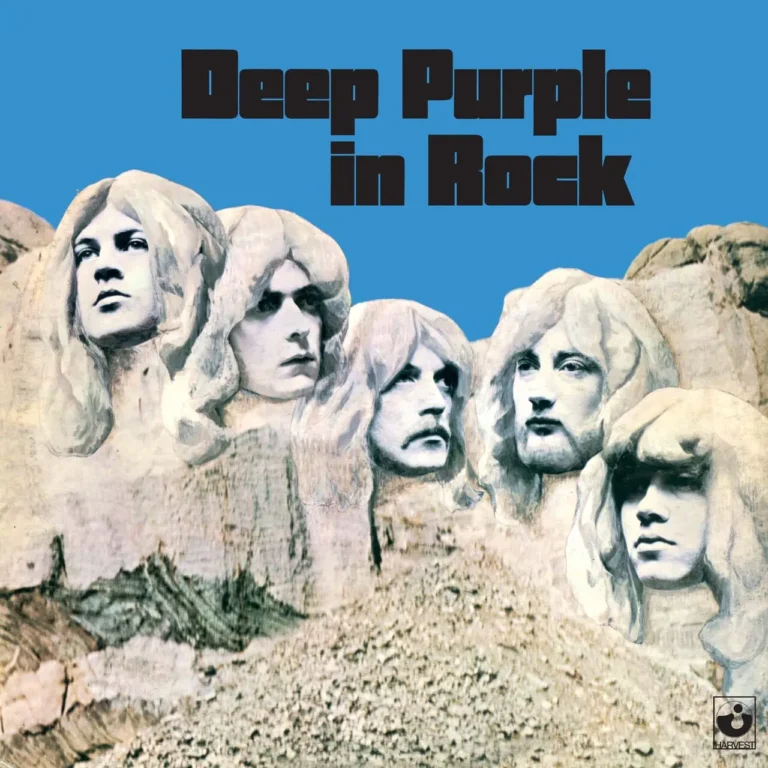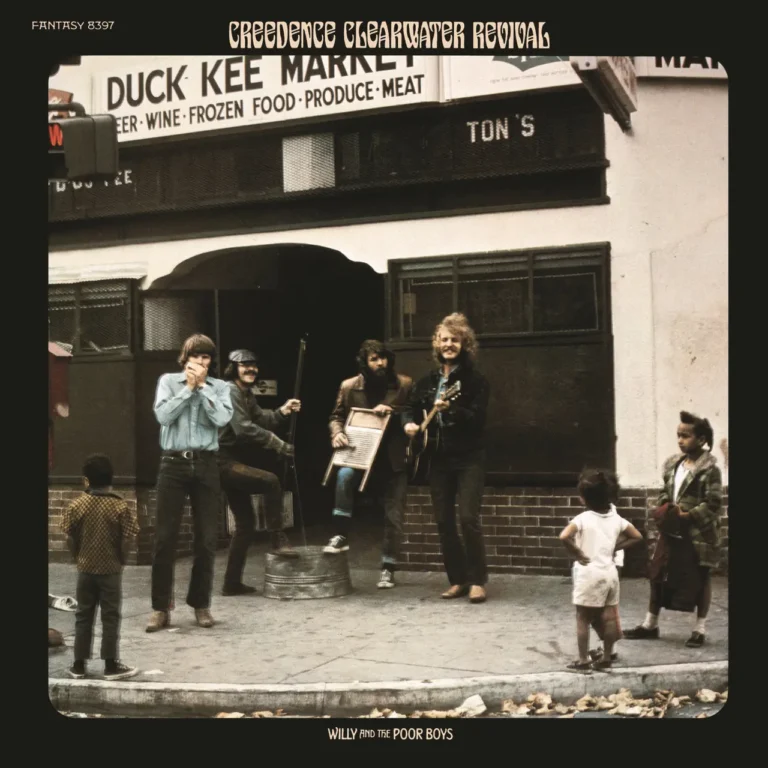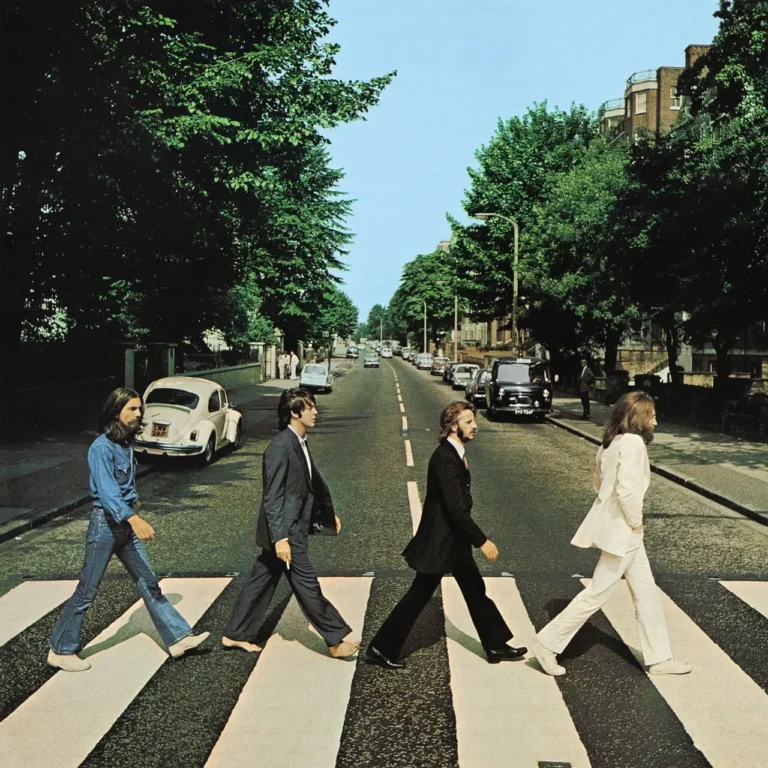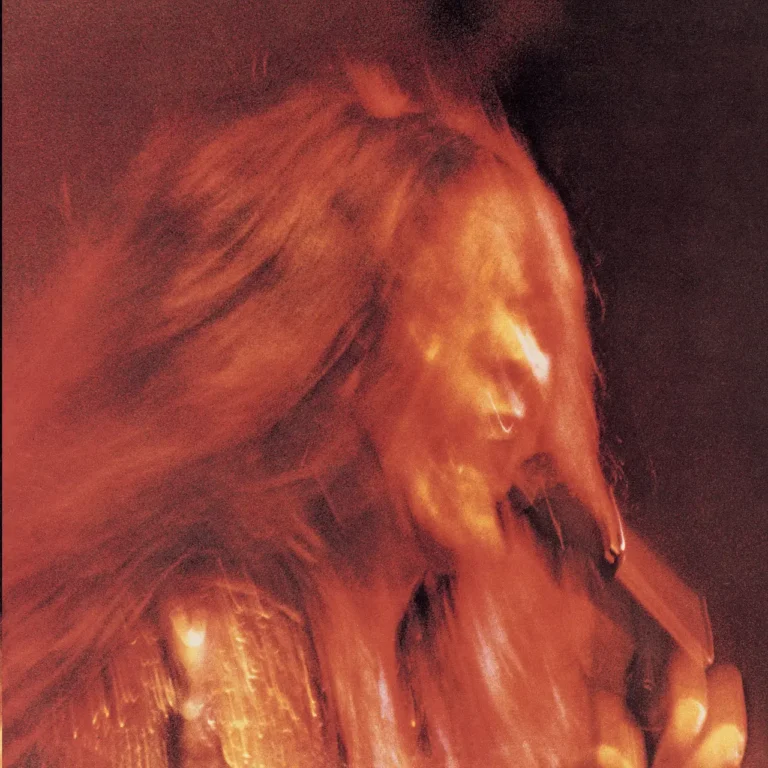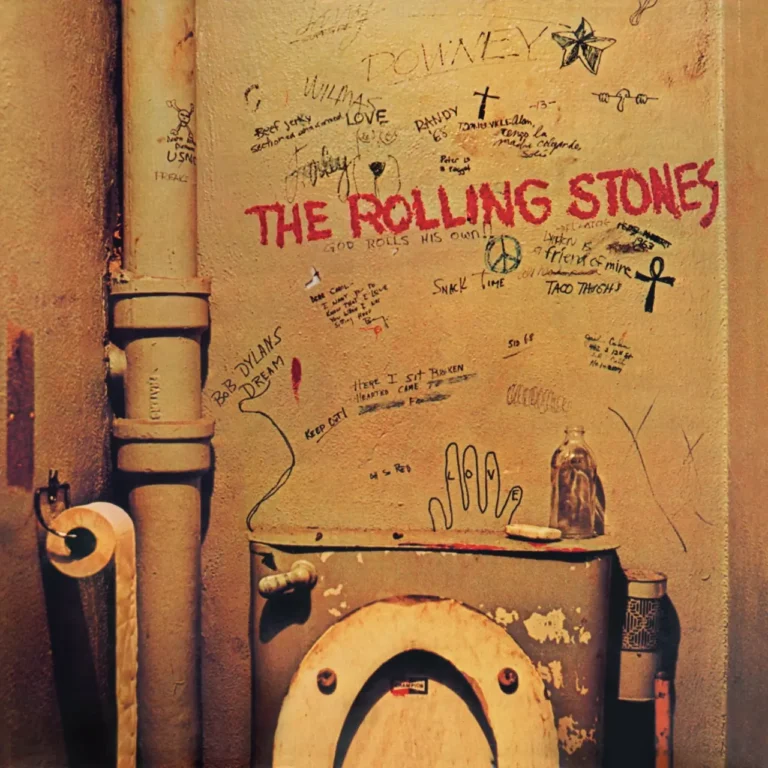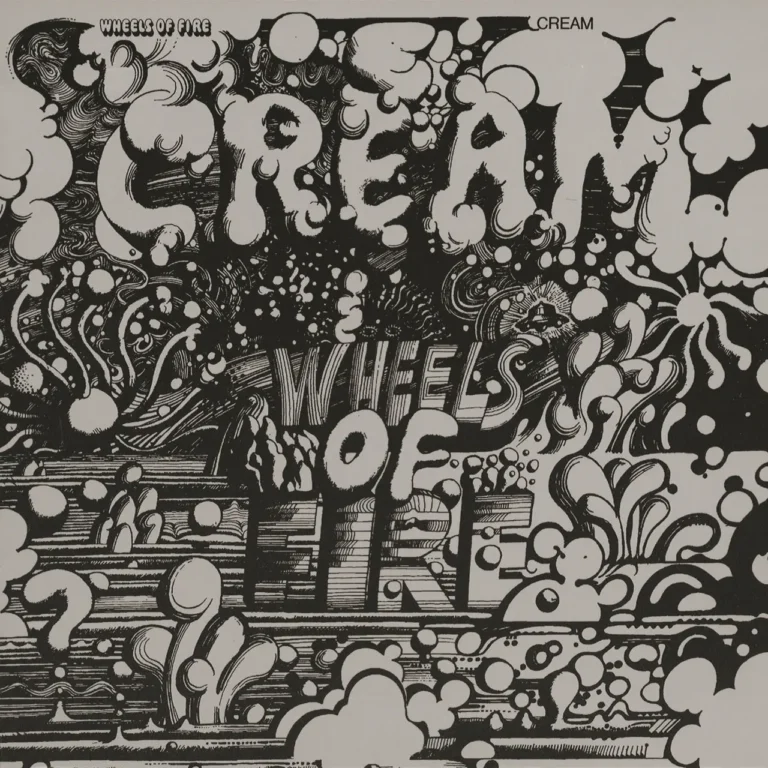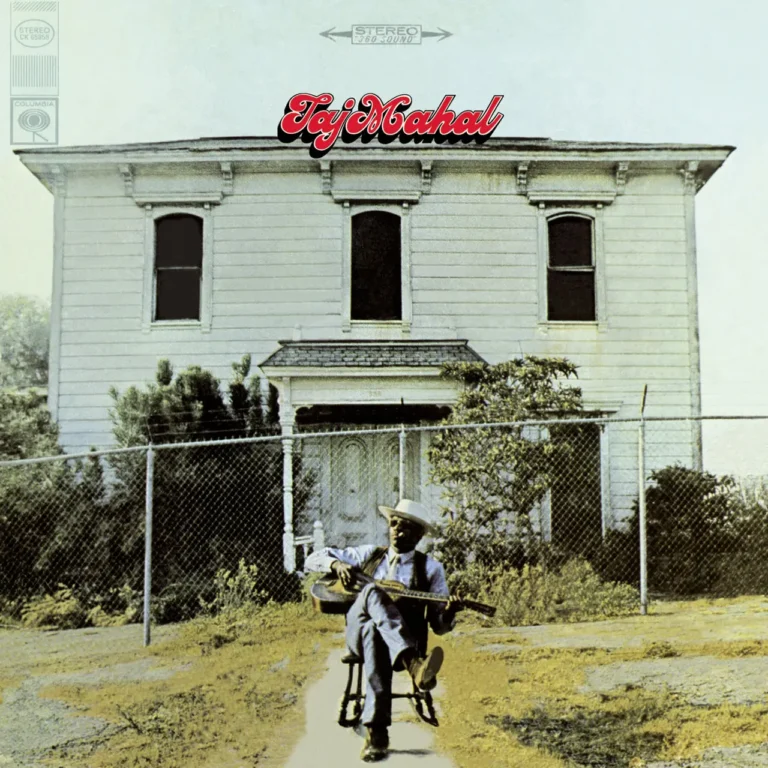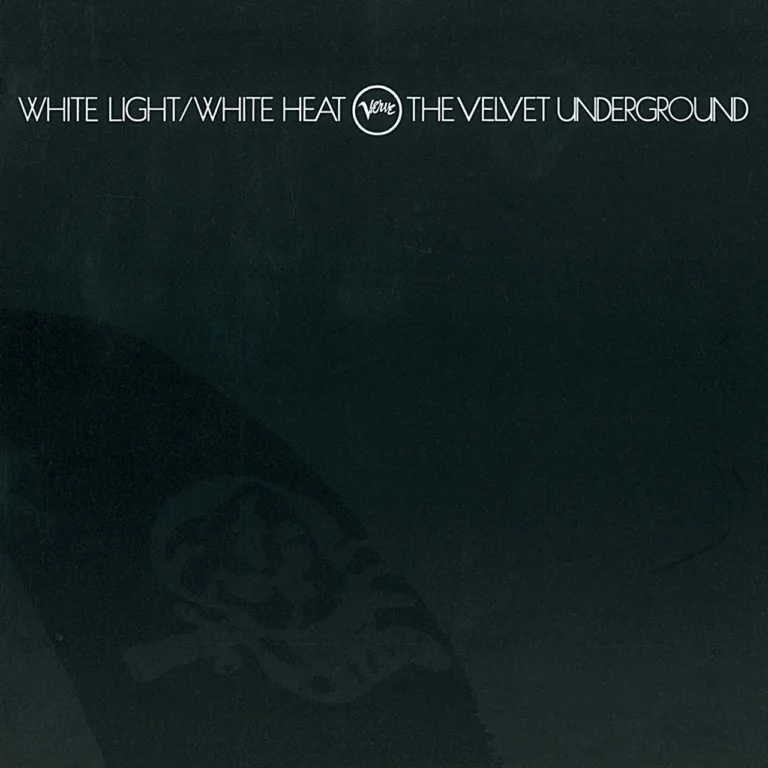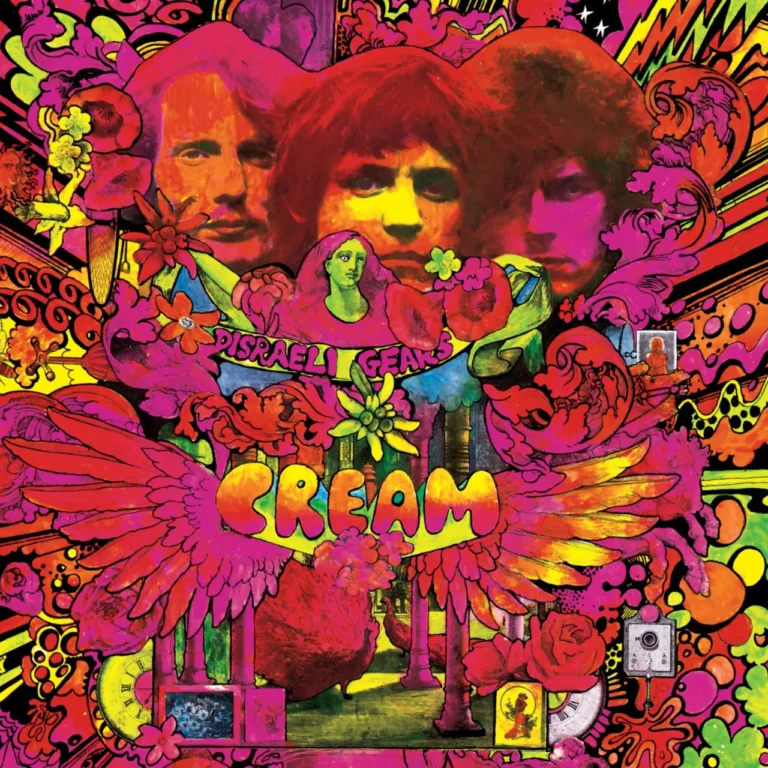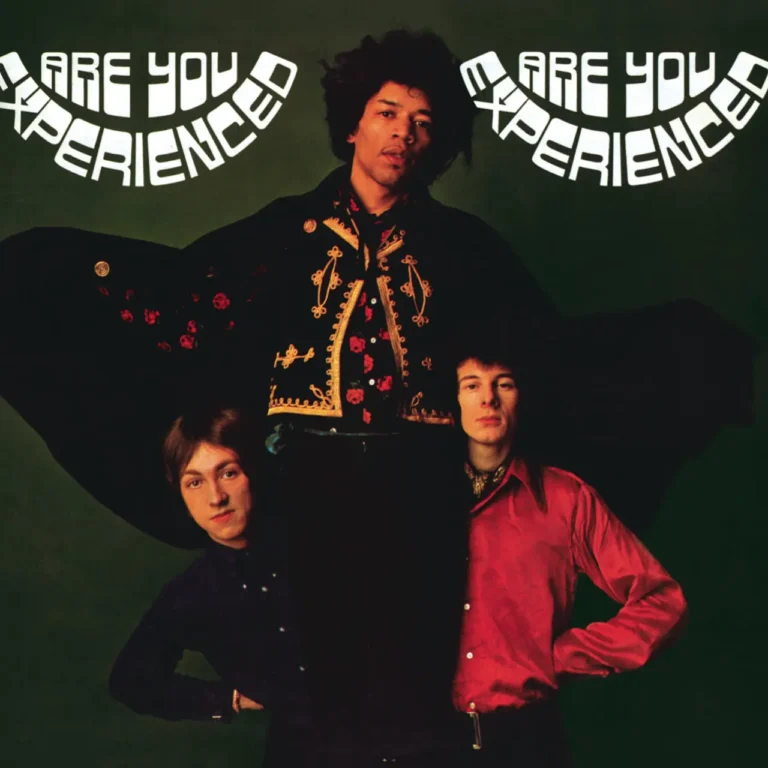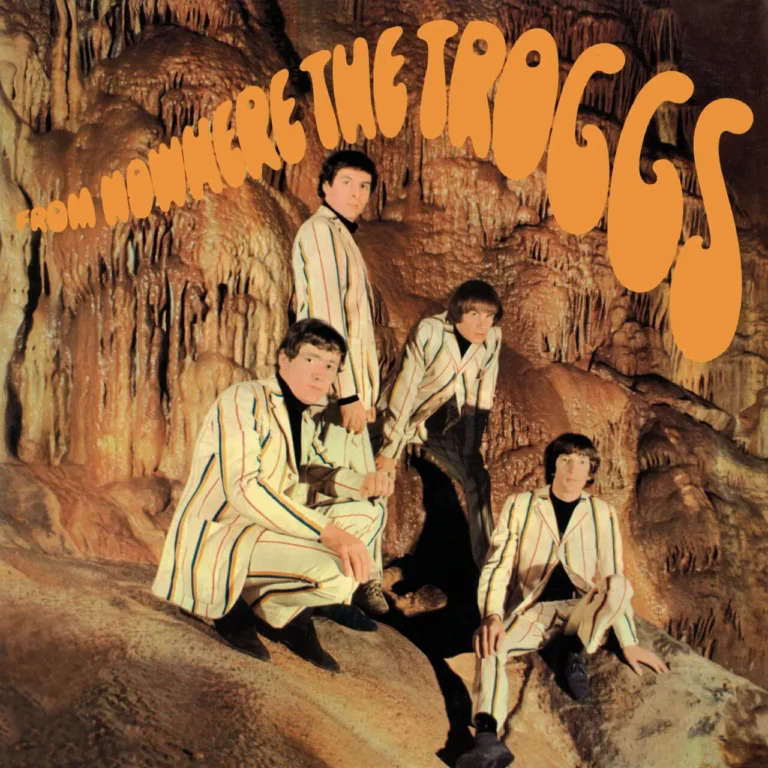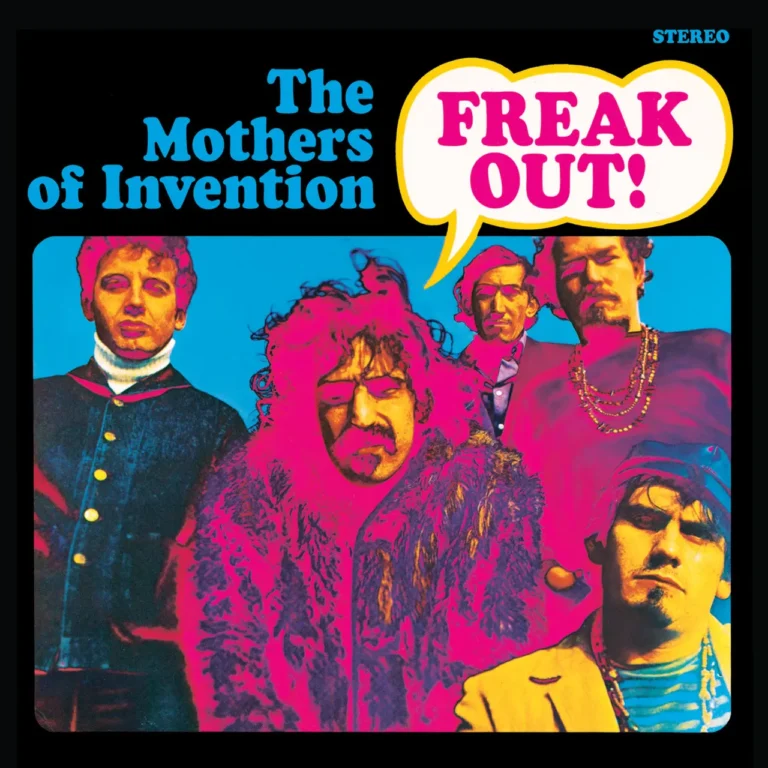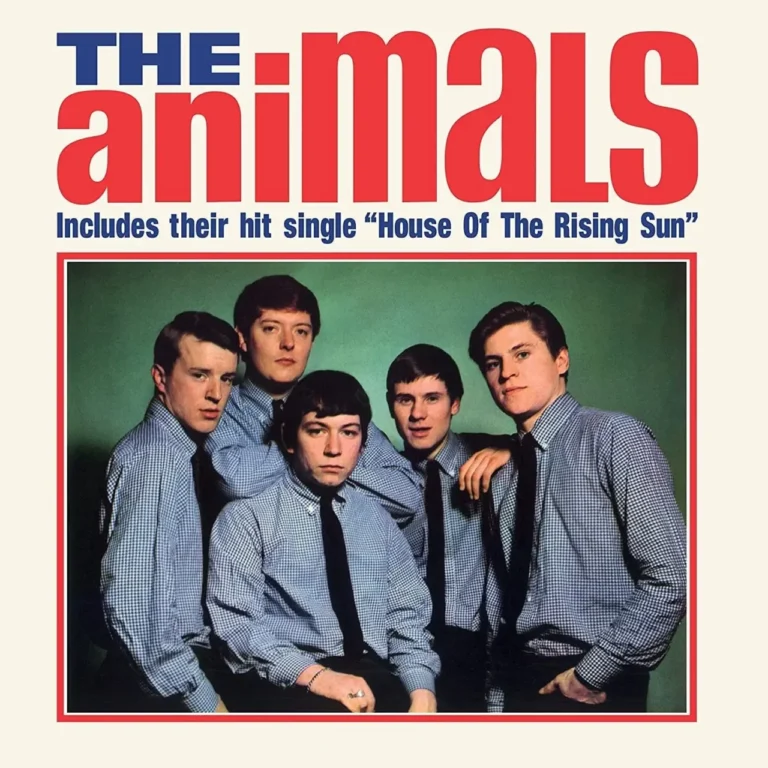"When the Levee Breaks" is the closing track on Led Zeppelin's untitled fourth album (commonly known as Led Zeppelin IV), released in 1971. The song is a powerful reinterpretation of a 1929 blues classic by Kansas Joe McCoy and Memphis Minnie, inspired by the devastating Great Mississippi Flood of 1927123.
Song Overview
- Album: Led Zeppelin IV (1971)
- Writers: Kansas Joe McCoy, Memphis Minnie, and all four members of Led Zeppelin
- Genre: Blues rock, hard rock
- Length: 7:08
- Producer: Jimmy Page
Lyrical Themes and Meaning
The lyrics recount the aftermath of a catastrophic flood, expressing themes of loss, displacement, and helplessness:
"If it keeps on rainin', levee's goin' to break
When the levee breaks, I'll have no place to stay."
The song draws directly from the lived experiences of those affected by the 1927 flood, which displaced hundreds of thousands and led to widespread migration, especially of African Americans from the Mississippi Delta to northern cities like Chicago. The lyrics evoke both the physical devastation and the emotional toll of such a disaster, with lines about losing one's home and loved ones, and the futility of crying or praying in the face of overwhelming natural forces1234.
Many listeners interpret the "levee" as a metaphor for any barrier or constraint in life—when it breaks, chaos and vulnerability follow3.
Musical Style and Production
- Drums: John Bonham's drum sound is legendary, recorded in the stairwell of Headley Grange using innovative microphone and compression techniques. This created a booming, echoing effect that has become one of the most sampled drum sounds in music history.
- Guitar & Bass: Jimmy Page and John Paul Jones crafted a heavy, droning riff, diverging from the original's 12-bar blues structure to create a hypnotic, modal groove.
- Harmonica: Robert Plant’s harmonica adds a haunting, bluesy texture, with some parts processed using reverse echo for a surreal effect.
- Vocals: Plant retained much of the original lyricism but delivered it with a new melodic approach and raw emotional intensity.
Notable Production Facts
- The song was difficult to recreate live due to its complex studio effects and production layers, and was only performed a handful of times in concert.
- The track was the only one on the album mixed at Sunset Sound in Hollywood, with the rest mixed in London.
Lyrics (Excerpt)
If it keeps on rainin', levee's goin' to break
When the levee breaks, I'll have no place to stay.
Mean old levee taught me to weep and moan,
Got what it takes to make a mountain man leave his home.
...
Cryin' won't help you, prayin' won't do you no good,
When the levee breaks, mama, you got to move4.
Legacy
- Influence: The song’s drum intro and groove have been sampled by countless artists across genres, including hip-hop and electronic music.
- Critical Acclaim: "When the Levee Breaks" is frequently cited as a highlight of Led Zeppelin’s catalog, praised for its immense sonic power and emotional depth.
- Cultural Impact: The song stands as a testament to Led Zeppelin’s ability to reinterpret and elevate traditional blues, making it relevant for new generations while honoring its roots.
In summary:
"When the Levee Breaks" by Led Zeppelin is a monumental blues-rock track that combines historical tragedy, evocative lyrics, and groundbreaking production. Its enduring legacy lies in both its musical innovation and its ability to channel the raw human experience of loss and resilience125.
